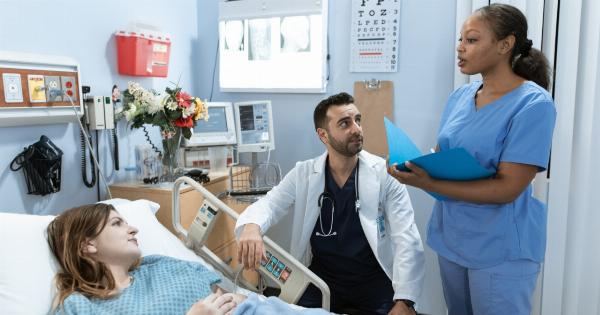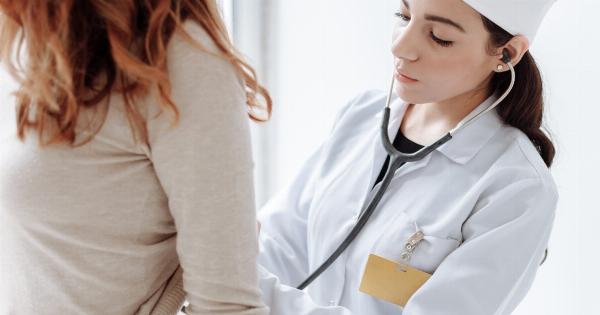Scoliosis is a medical condition that causes a sideways curve in the spine. The majority of cases are detected during childhood or adolescence, and early diagnosis and treatment can prevent progression of the curve and avoid potential complications.
However, scoliosis can be difficult to detect, especially in its early stages, and some children may not show any symptoms. If you’re worried that your child may have scoliosis, here’s what you need to know.
What is Scoliosis?
Scoliosis is a medical condition that causes a sideways curvature of the spine. The severity of the curve can vary, and in some cases, it can cause deformity and disability.
Scoliosis can occur at any age, but it is most commonly diagnosed in children and adolescents. It affects about 3% of the population, according to the American Association of Neurological Surgeons (AANS).
What Causes Scoliosis?
Most cases of scoliosis are idiopathic, which means that the cause is unknown. Some possible risk factors for developing scoliosis include:.
- Genetics: There is evidence that scoliosis runs in families.
- Neuromuscular conditions: Certain conditions that affect the muscles and nerves, such as cerebral palsy, muscular dystrophy, and spina bifida, can increase the risk of developing scoliosis.
- Structural abnormalities: Congenital abnormalities of the spine or rib cage can cause scoliosis.
What are the Symptoms of Scoliosis?
In some cases, scoliosis may not cause any symptoms. However, some signs and symptoms that may indicate scoliosis include:.
- Uneven shoulders
- Uneven waist
- One hip higher than the other
- One shoulder blade that sticks out more than the other
- Prominence of the ribs on one side
- Back pain (this is less common in children with scoliosis)
How is Scoliosis Detected?
The most common way to detect scoliosis is through a physical examination. During the exam, the doctor will look for signs of scoliosis, such as uneven shoulders, a prominent shoulder blade, or an uneven waist.
The doctor may also ask the child to bend forward to check for any spinal curvature. If scoliosis is suspected, the doctor may order an X-ray to confirm the diagnosis and determine the severity of the curve.
What is the Treatment for Scoliosis?
The treatment for scoliosis depends on the severity of the curve and the age of the patient. In mild cases, no treatment may be necessary, but the child will need to be monitored to ensure that the curve does not progress.
In more severe cases, treatment may include:.
- Bracing: A brace may be prescribed to prevent the curve from getting worse.
- Surgery: Surgery may be necessary to correct severe cases of scoliosis.
- Physical therapy: Physical therapy may be recommended to improve posture and strengthen the muscles surrounding the spine.
What Can You Do If You Suspect Your Child Has Scoliosis?
If you suspect that your child has scoliosis, it’s important to schedule an appointment with a doctor. The doctor will be able to perform a physical examination and order any necessary tests to confirm the diagnosis.
If scoliosis is diagnosed, the doctor will be able to recommend the appropriate treatment based on the severity of the curve.
How Can Scoliosis Be Prevented?
While there is no guaranteed way to prevent scoliosis, there are some steps that you can take to reduce the risk of developing scoliosis, including:.
- Getting regular check-ups: Regular check-ups can help detect scoliosis early.
- Encouraging physical activity: Physical activity can help improve posture and strengthen the muscles surrounding the spine.
- Maintaining a healthy diet: A healthy diet can help maintain overall health and reduce the risk of conditions that can increase the risk of scoliosis.
Conclusion
Scoliosis can be a serious condition, but with early detection and treatment, it is often possible to prevent progression of the curve and avoid potential complications.
If you suspect that your child may have scoliosis, it’s important to schedule an appointment with a doctor as soon as possible. With the right treatment, most children with scoliosis are able to lead normal, healthy lives.





























